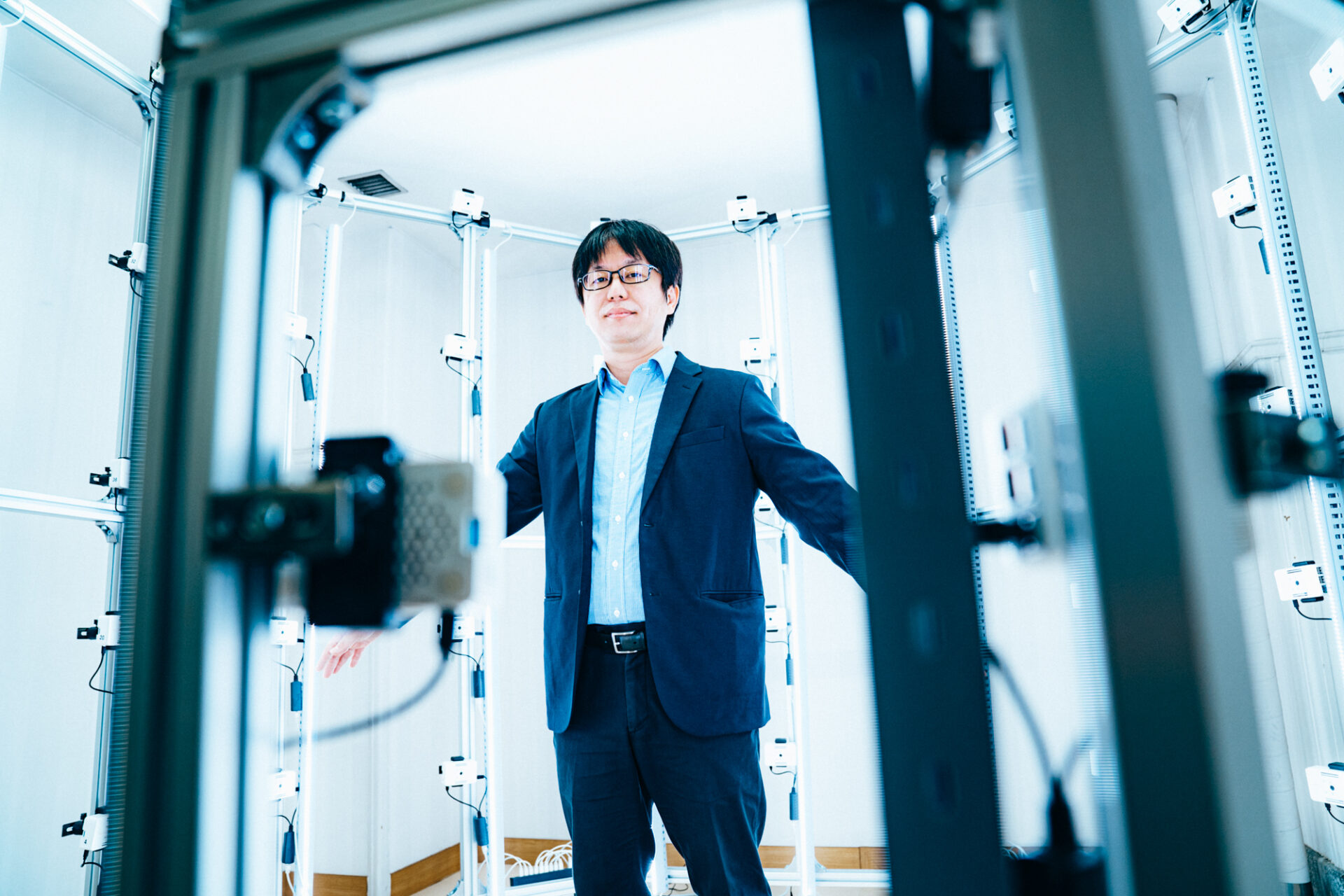How do modern day sciences understand and reconstruct shikohin?
In this series, “Understanding Shikohin and Its Experiences Through Science,” we will talk to scientists of various fields such as cognitive science, brain science, and psychology.
………
Shikohin and illusions are similar.
Most shikohin have no nutritional or beneficial effects on our bodies. However, sometimes shikohin sometimes acts to stimulate and heighten our senses, drawing us into an unknown yet vivid world, or taking us back into the beauty of a distant memory.
Illusions are the same in that they don’t seem necessary for our body’s survival, but illusions allow people to experience new senses that can change the way they view the world. Illusions allow people to surpass the way they experience senses altogether.
Associate Professor Tomohiro Amemiya of The University of Tokyo Virtual Reality Educational Research Center (Amemiya Lab) specializes in applied sensory-illusion engineering and virtual reality.
Among the five senses, Amemiya’s research focuses especially on the sense of touch. For this article, we asked him about how applied sensory-illusion engineering explores new illusions and how that relates to the shikohin experience.
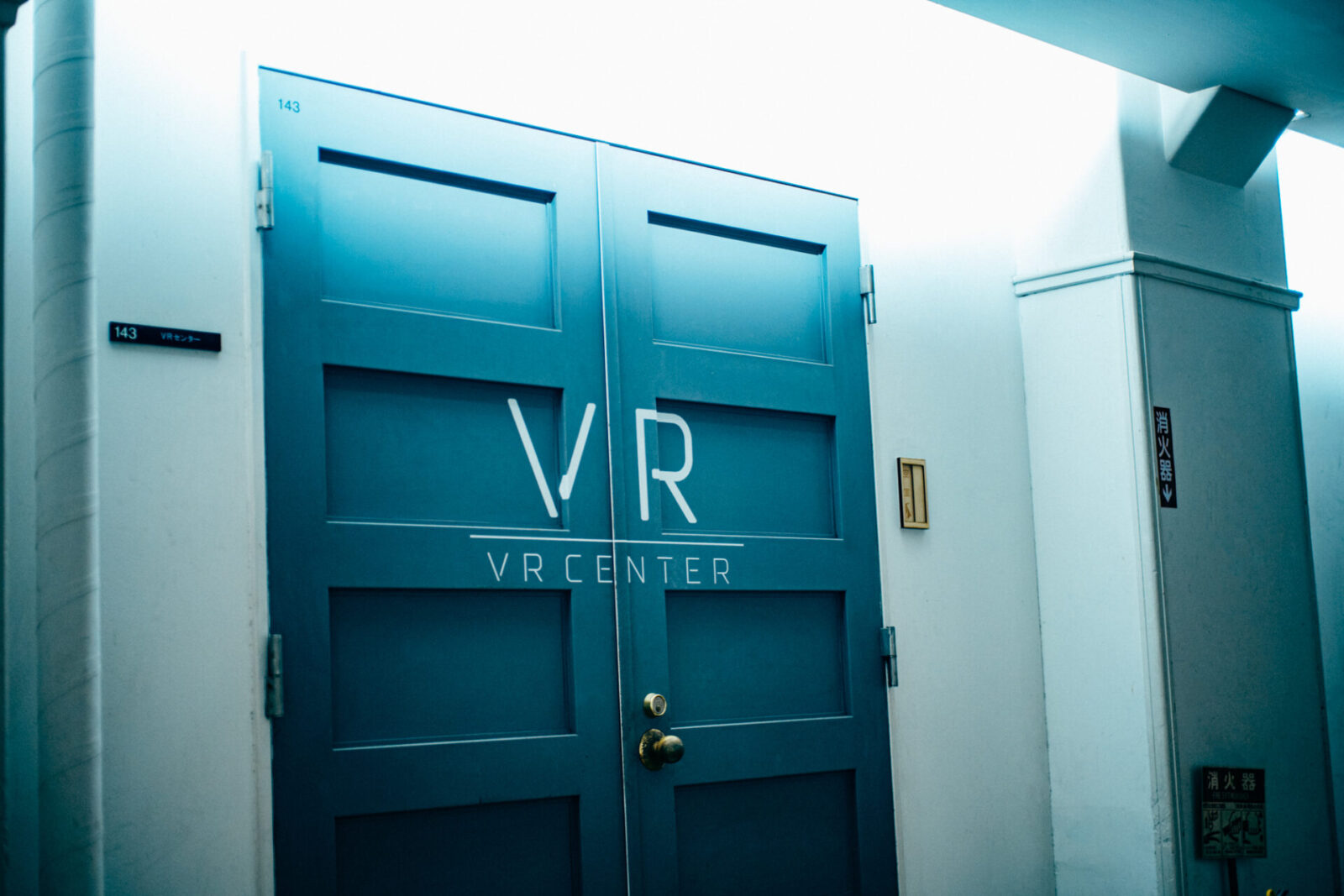
Shikohin
Shikohin is a food or beverage that is not nutritionally necessary for the body but gives pleasure to one’s senses such as taste, touch, smell and sight.
Examples include tea, coffee, tobacco, liquor, pickles, soft drinks and ice. They often contain organic acids, caffeine, tannic acid, cocaine, alcohol, bitter substances, or essential oils. In a broad definition, it may also include sweets and confectioneries.
Encyclopedia Britannica Academic Japan
How VR’s illusions trigger a sensory response
ーー What exactly is the study of applied sensory-illusion engineering?
First, let me explain what sensory illusions are. Illusions exist in between the physical world that surrounds us and the subjective world which is what we perceive.
Humans do not perceive the physical world exactly as it is. The way we perceive our world is subjective, created by the reconstruction of various sensory information sent to our brain from different parts of our body.
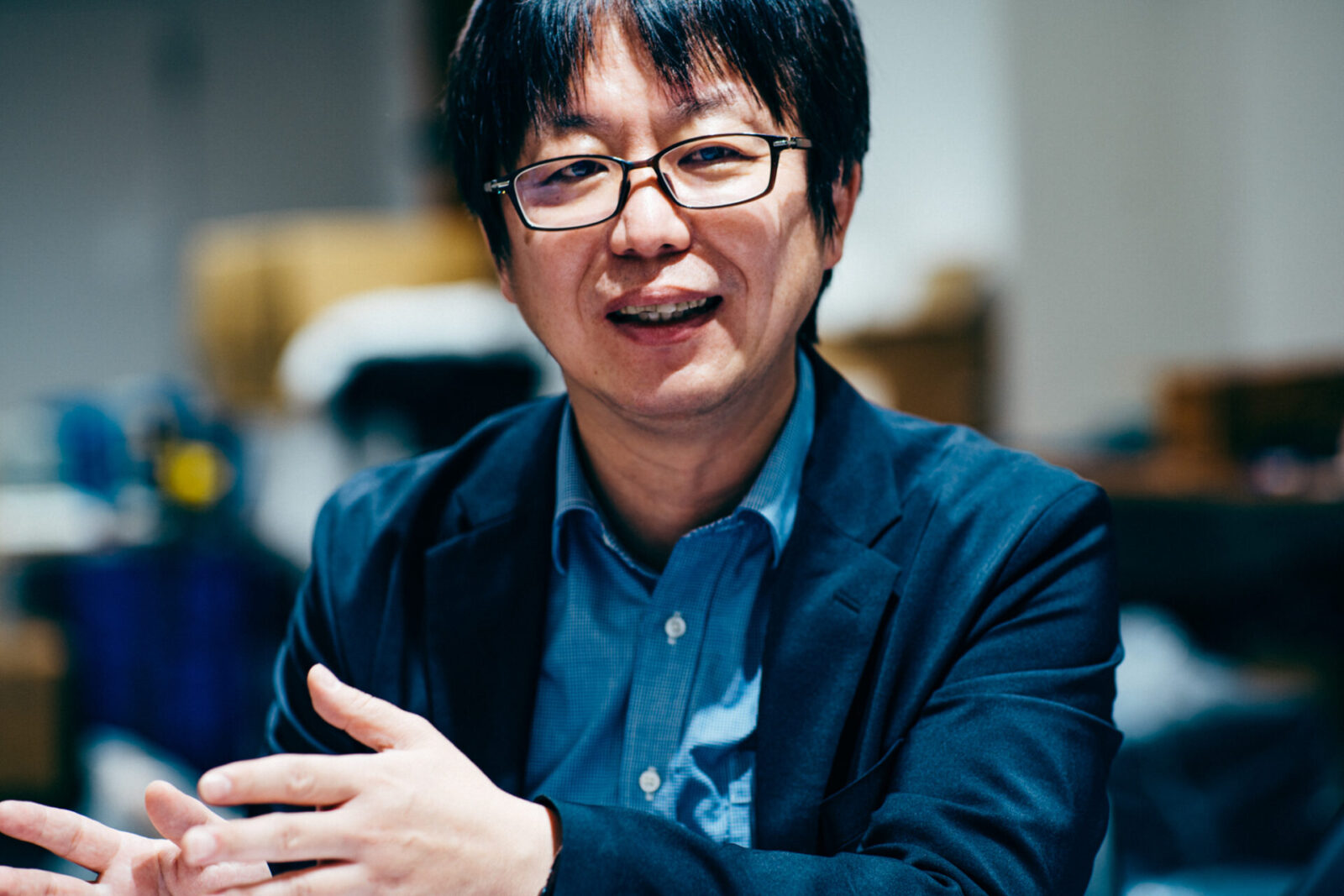
ーー Do you mean to say that the way we understand our world has always been subjective?
To elaborate, various stimuli from the outside world are received by our sensory organs such as our eyes, ears, nose, and tongue, as sensory information. As this information is reconstructed in our brains, it generates emotions, triggers memories and develops our perceptions.
Using technologies such as HMD (head mounted displays), we can trick sensory organs into believing that the artificial realities we create are real.
ーー What do you mean by tricking?
In other words, we are deceiving our sensory organs. By doing so, we are editing the sensory information and creating an alternate reality. One example of an artificially created alternate reality is virtual reality (VR).
Illusions are what triggers deception in the brain.
In fact, there are many illusory experiences in our everyday surroundings. One example is visual illusions such as trick art, and auditory illusions such as mishearing words. By taking advantage of such illusions, we are able to create ways to perceive a reality outside of the physical world, such as in VR.
Applied sensory-illusion engineering is the development of such technologies to create sensory information. It is research into finding entrances into new realities.
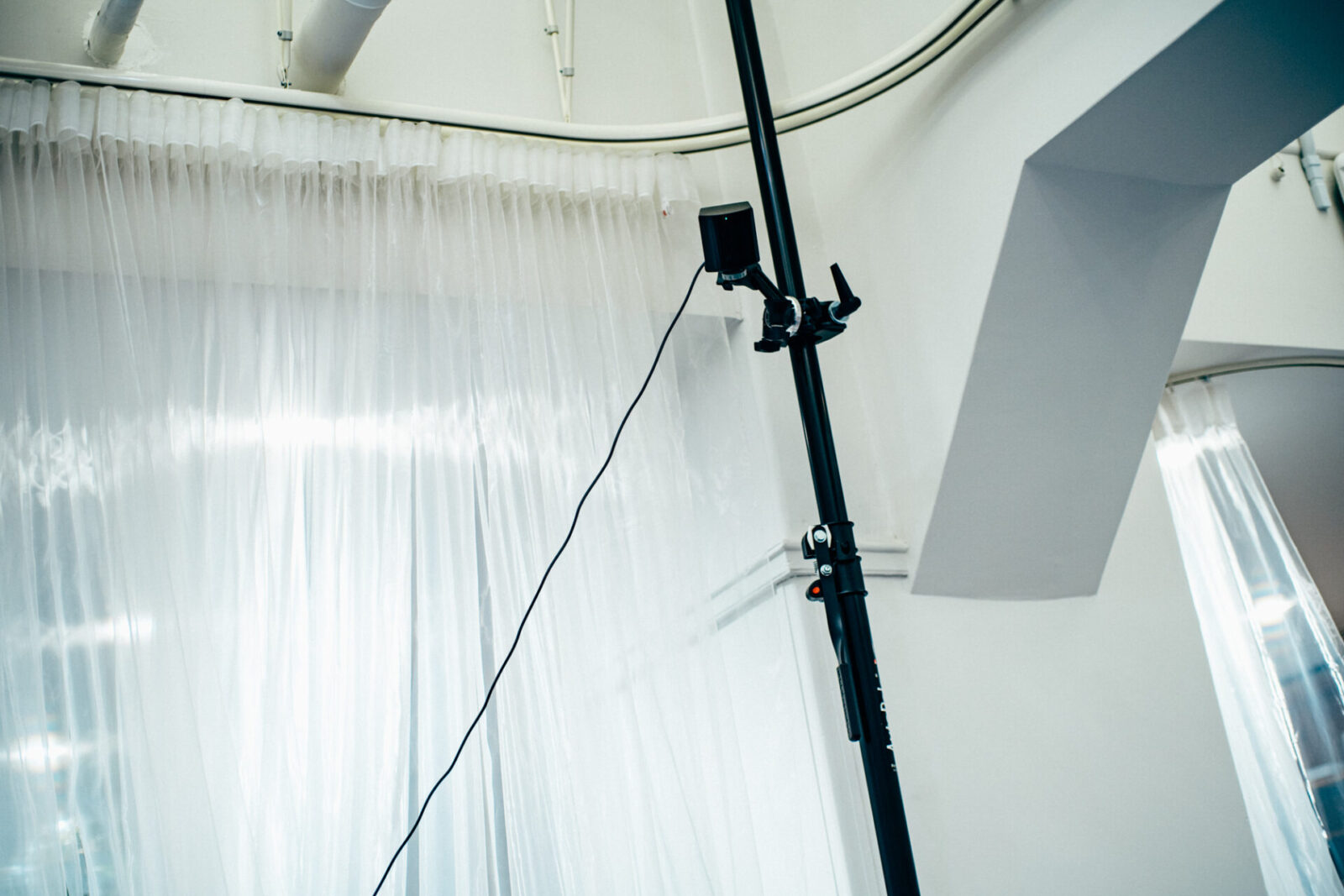
Actual touch can also trigger illusions
ーー Are we capable of experiencing illusions from any of our five senses? For example, it is easy to think of examples of visual or auditory illusions, but it’s hard to imagine having an illusion of touch without something happening in reality. Your research focuses on sense of touch, but how does that work?
My research is mainly focused on our sense of touch and somatosensory perception.
Tactile sensations are picked up throughout our body, and it encompasses our whole body. Because of this, the development of devices to stimulate touch is quite unique, but it is possible to create the illusion of touch.
ーー How do you create the illusion of touch?
Right now, we are developing a chair that creates the illusion of walking even while sitting down.
Sensory information sent to the soles of the feet triggers the sensation of walking. For example, when you walk on a hard floor in hard shoes in the real world, it creates clanking noises.
You can create the illusion of walking if you create these noises and send vibrations to the right and left feet in a way that replicates actual walking, even if the person is sitting down.
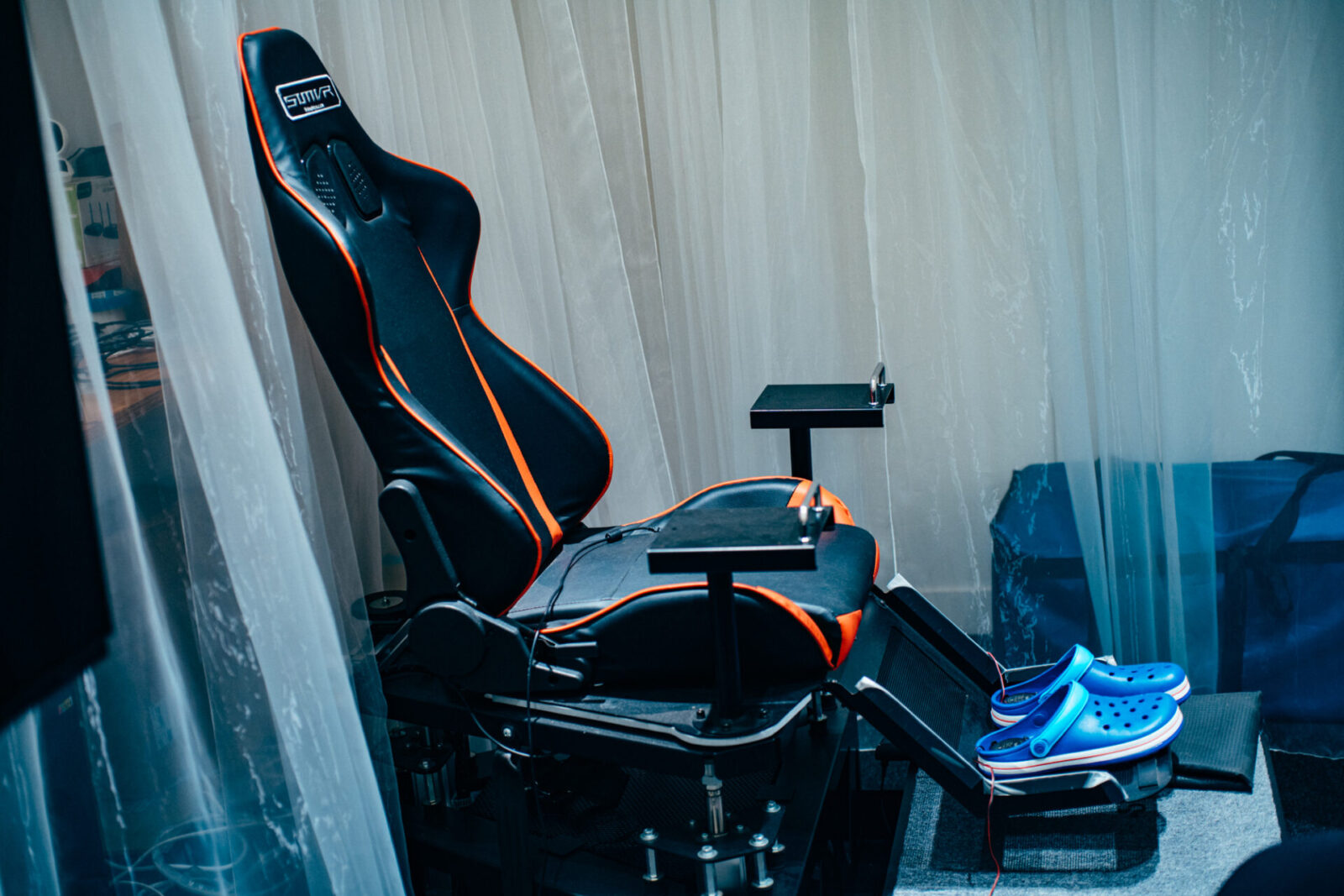
Of course, it is also possible to convey the texture of a hard floor. We are using this device to convey the experience of walking around in a VR world.
We have also developed a device that is the size of a cell phone and gives the illusion that your hand is being pulled.
The device has a special vibrating mechanism that sends a quick and strong movement in one direction and a soft and slow movement in the opposite direction. It repeats this movement to convey the sensation of being pulled.

In theory, the vibration is moving forward and backward, meaning that the device creates zero energy and has no propulsive force. However, when a human holds this device in their hand, the way that they experience the sensation of touch will depend on how they interpret information they receive from the strength of the vibrations.
In this case, we found that humans’ tactile sensors ignore the small vibrations that are moving in the opposite direction. As a result, they get the illusion of being pulled forward, despite the fact that the device has no propulsive force.
ーー What are the differences in the sense of touch compared to visual and auditory senses?
Unlike visual and auditory sensations, tactile sensation is characterized by requiring actual contact with an object in order to receive stimuli. This is referred to as “confidentiality.”
In other words, it is possible to share information solely to the person holding the device. That is why it is possible to create personalized illusory experiences.
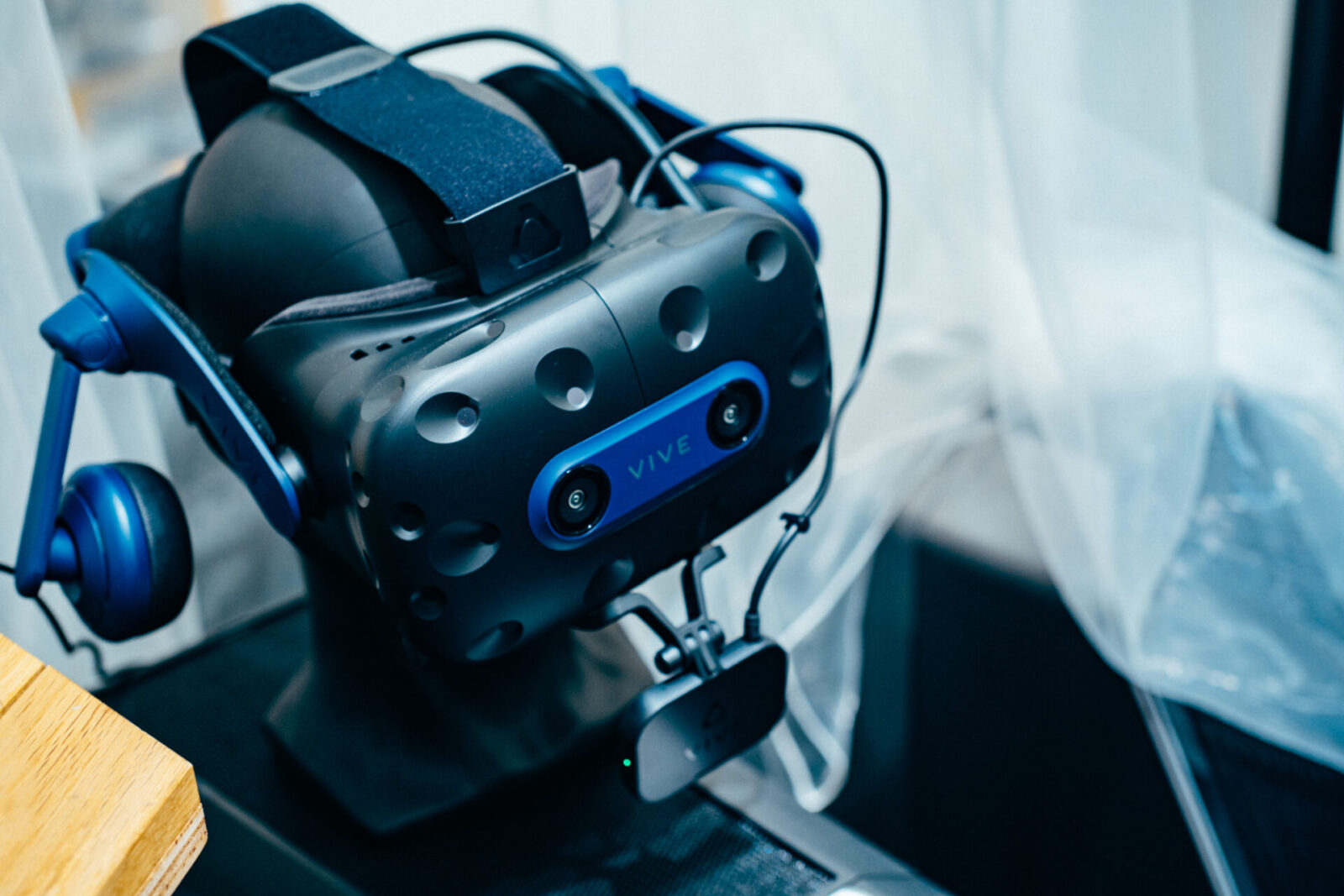
It is also important to capture the unique characteristics of the sense of touch.
Visual senses are very good at helping us perceive space, and auditory senses help us perceive time, including minor changes in time.
The sense of touch is somewhere in between visual and auditory senses in that it can capture changes in space and time to a somewhat accurate degree.
From spice to gravity, the human body is quite receptive to VR
ーー Is it possible to give illusory experiences other than touch, such as taste and smell? For example, is it possible to taste something you are not really eating, or smell something that is not even there?
Visual, auditory and tactile sensations come from physical stimuli.
On the other hand, taste and smell are created through chemical responses. When you taste or smell something you eat, it comes from chemical stimuli. Consequently, if we are able to make the body experience taste or smell without chemical stimuli, or if we are able to intensify a taste or smell, that would be considered an illusion.
In my laboratory, we are researching a device that intensifies spicy flavors through illusion. For example, we can make the experience of eating spicy Chinese food even spicier.
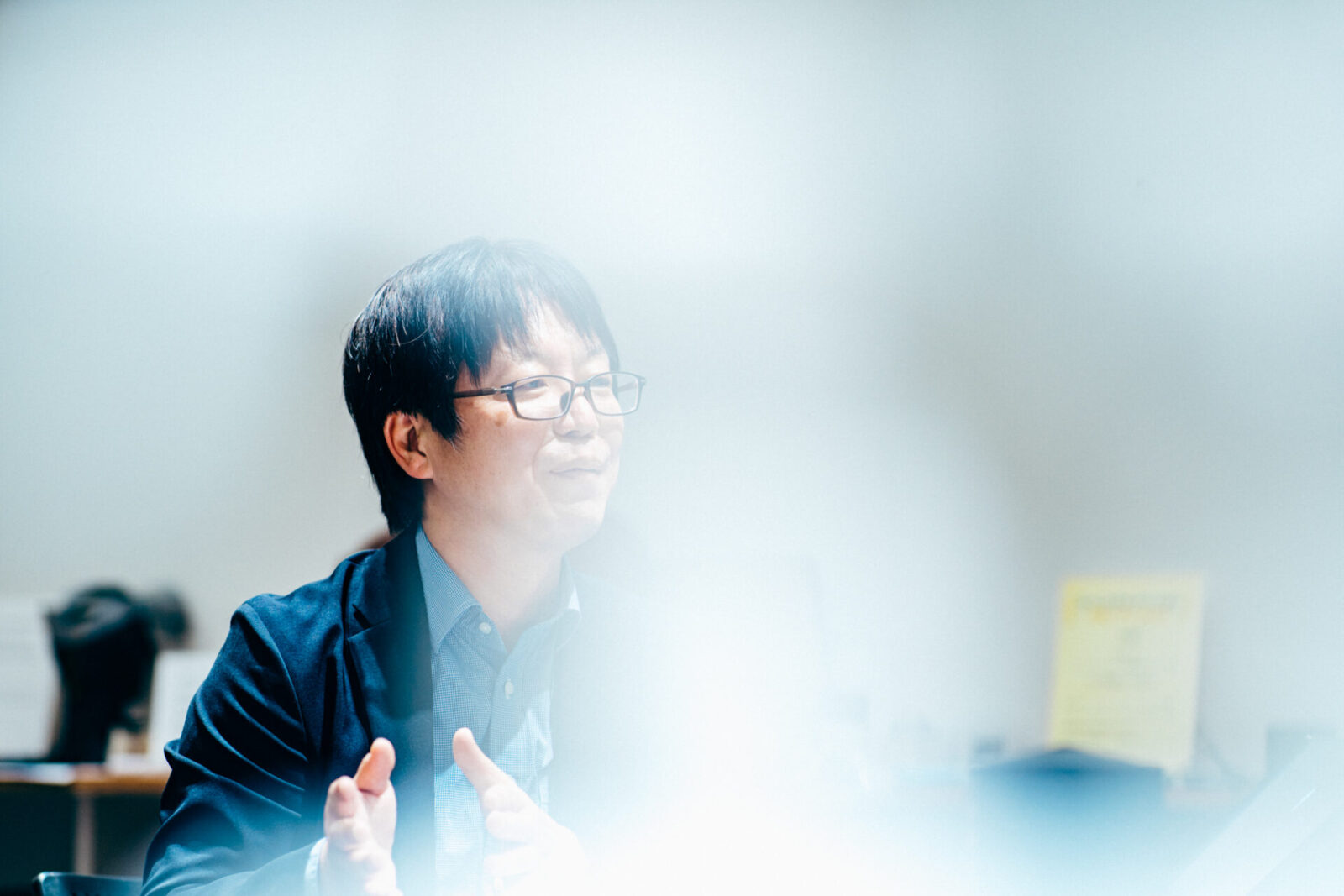
The device for this illusion is constructed of a spoon embedded with electrodes that is put in the mouth and electrodes placed on the back of the neck. Electricity passes through the spoon to the electrodes on the back of the neck to stimulate the tongue. This then stimulates the nerves and creates the sensation of eating spicy food.
Experiments using this device have shown that it can enhance the spiciness of capsaicin found in hot peppers. This experiment came from a desire of one of the research students who wanted to eat spicy food without upsetting their stomach.
We are also researching other new possibilities in illusory experiences with taste, such as “dance tasting” in which a flavor moves from left to right on your tongue.
ーー So even without ingesting any food, electrical stimulation can give us the illusion that something is spicy?
I believe this kind of illusory experience for taste will be useful for health conscious people.
For example, many of us know that we should reduce salt intake for the sake of our health, but not having enough salt in our food makes it taste bland. If we can enhance the saltiness of something through electrical stimulation, we will be able to reduce salt without compromising flavor.
Devices that enhance the flavor of salt are already being developed today by researchers at Meiji University and other institutions.
ーー A spoon shaped device seems like something that can be incorporated into our lives quite naturally. How about the illusion of smell?
For smell, we have a device that gives off electrical stimulation that is attached to the top of the nose.
Right now we know that electrical stimulation can produce the illusion of odors such as ammonia. Ammonia is a smell that triggers high stimulation because it is recognized as a warning sign. If we use it to our advantage, it can be used as a stimulus to convey danger.
For the entertainment world, perhaps the combination of visual information from HMD and sensory illusions can be used to create emotional stimuli that will enhance the experience of fear in horror games.

Gravity is another unique illusory experience.
ーー Gravity?!
More accurately, it is the sense of balance in the human body known as the vestibular sense. Sensory organs such as the semicircular canals in our ears allow humans to sense gravity and changes in speed, and also helps us keep our balance.
By electronically stimulating the vestibular senses, we can create the illusion of changes in the direction of gravity. When we do this, it makes it impossible for people to stand upright.
The illusion is created by a headphone-like device that attaches a small electrode behind the ear that sends electric stimulation.
When this illusion is presented to someone who is walking, they become unable to walk in a straight line. If developed properly, this technology may be utilized to lead people in directions. A person may feel like they were only walking in a straight line but still arrive at their destination.
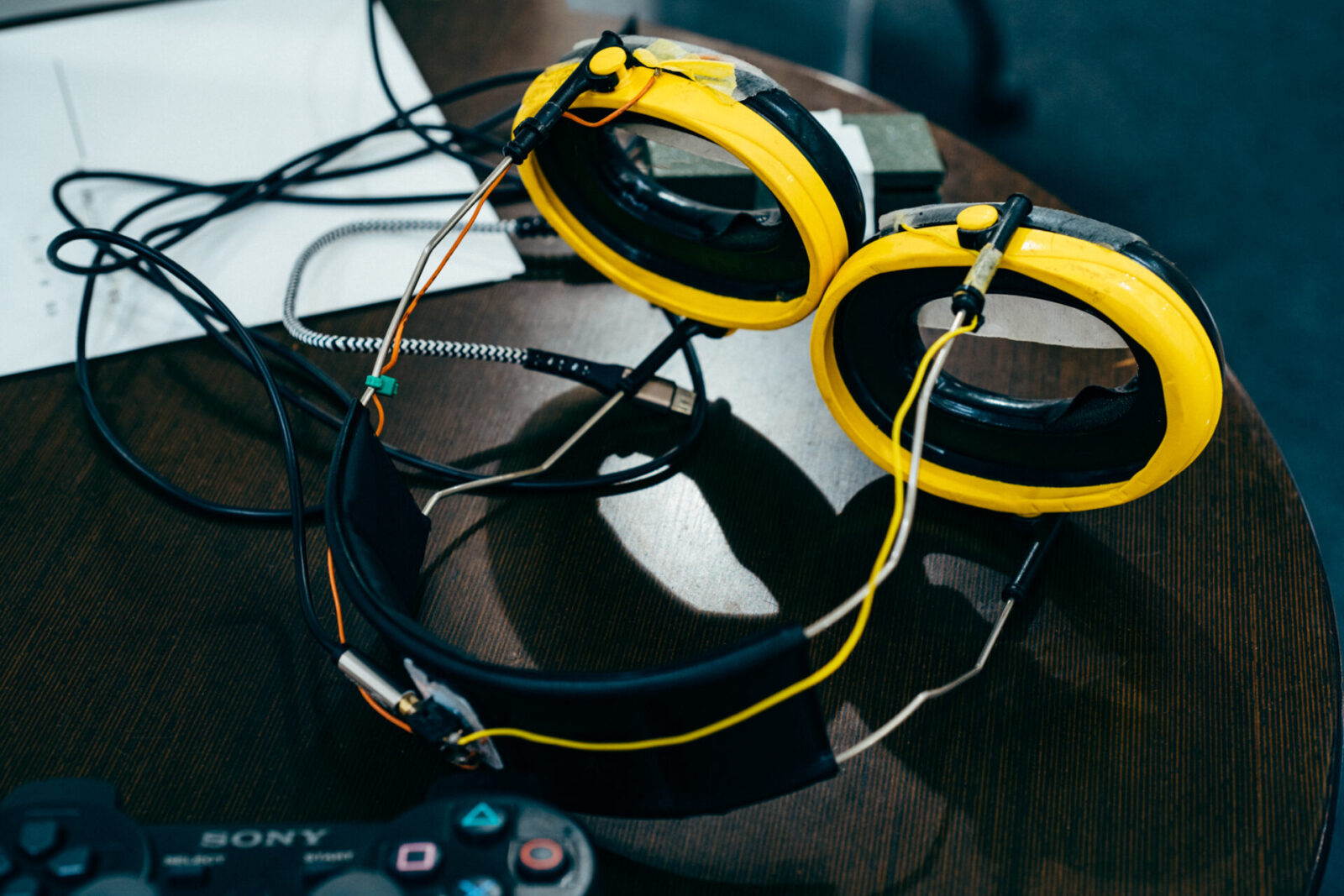
Discovering new illusions
ーー You have told us about the illusions of walking, spicy foods, smell of ammonia and gravity. How do researchers go about finding new illusory experiences?
Although it surely depends on the researcher, there are roughly two ways.
One is to find it by chance and the other is to aim for a goal and lay down a pathway to achieve it.
The illusory experiences that are found by chance often happen in the midst of a different experiment when something goes wrong and the accident leads to a new discovery.
In the case of pursuing a certain goal, we narrow down our research in an area where we think there is potential for creating a good illusion. When it leads to a good result, we repeat the process to refine and improve it. It is very rare for a good result to come out in just one shot.
The positive thing about illusions is that once they are found, it can be applied to all human beings. On the other hand, a negative aspect is that illusions are very hard to discover because we ourselves are human beings who are experiencing the world in illusions, so it is difficult to identify what is an illusion and what is not.
(To be continued in Part 2:Can VR Become an “Alternate” Reality? Interview with University of Tokyo Researcher Tomohiro Amemiya)
Photo: Kaori Nishida
Translation: Sophia Swanson
Akihico Mori writes for WIRED Japanese Edition, MIT Technology Review, and other academic publications. He holds an M.A. in Media and Communication from the University of the Arts London.
Editor and creator of the future through words. Former associate editor of Huffington Post Japan. Became independent after working for a publishing company and overseas news media. Assists in communications for corporates and various projects. Born in Gifu, loves cats.
